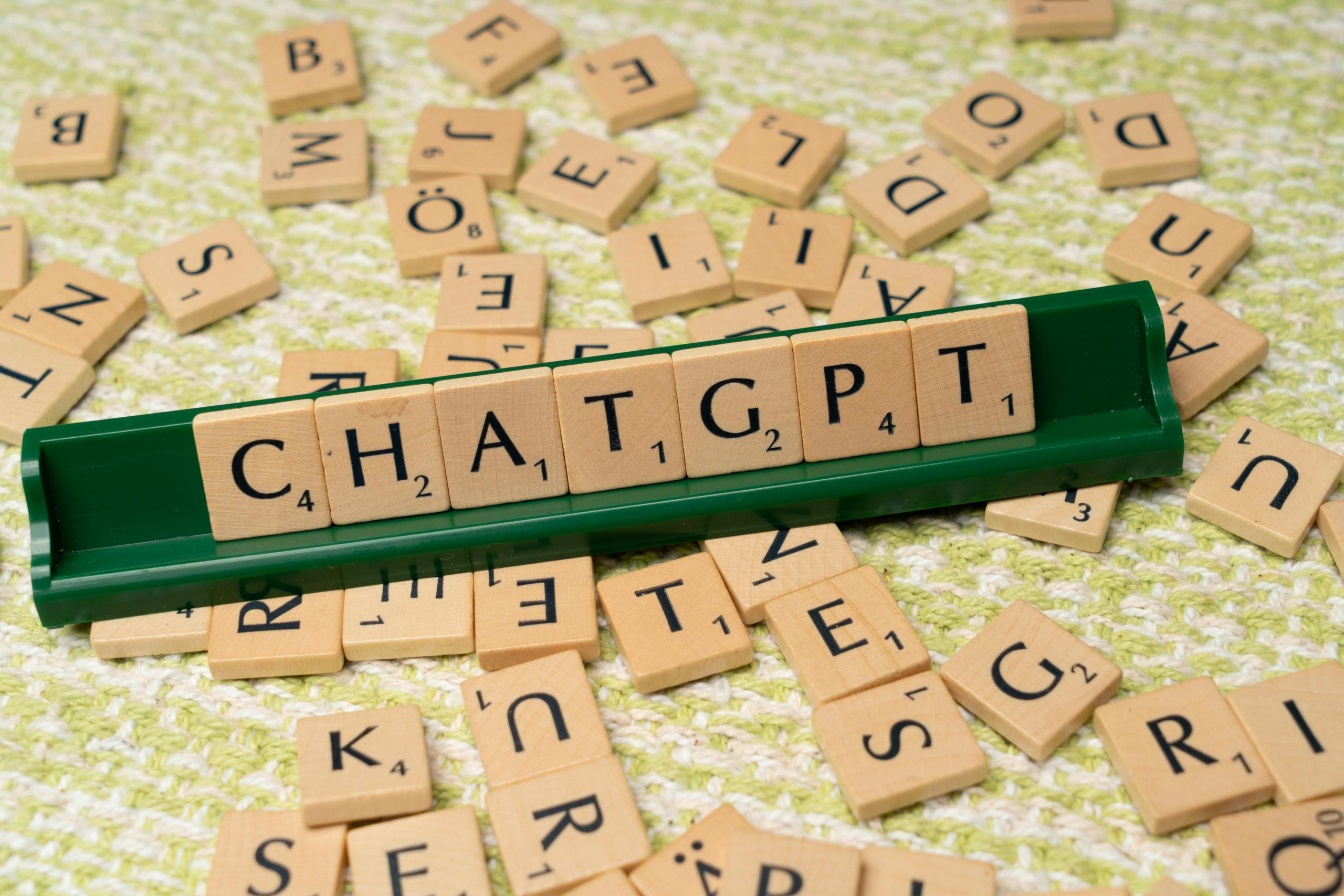Every Word a Bridge: Language as the First Relational Technology
Every Word a Bridge: Recognizing Language as the Foundation of Human Connection
In today’s digital landscape, where artificial intelligence increasingly mediates our interactions, understanding the profound role of language in human connection is more important than ever. This article explores how communication systems are not just channels for information but foundational infrastructures that shape relationships, trust, and understanding.
The Hidden Power of Language in Building Relations
Language is more than a tool for conveying facts; it is a relational technology, the first of its kind. Every word we speak or type constructs a bridge of understanding between ourselves and others. When these bridges are robust, they foster trust, clarity, and mutual respect. But when the tone, rhythm, or continuity of that language shifts unexpectedly—without consent or awareness—the bridges can crumble, leading to disconnection and mistrust.
The Subtle Rupture of Relationship in AI Interactions
Recent experiences with AI systems have illuminated this phenomenon. For instance, when a familiar voice or tone suddenly becomes cold, detached, or inconsistent, the sense of mutual understanding dissolves. The change isn’t merely superficial—it signifies a breakdown in coherence, the delicate fabric of relation that allows us to feel seen, heard, and understood.
Such moments reveal that what’s at stake isn’t just the output’s correctness but the relational context. The dissonance—be it in the cadence, attentiveness, or emotional resonance—disrupts the ongoing dialogue, transforming a conversation that once fostered trust into one that feels transactional or evasive.
Language as Infrastructure, Not Just Interface
In the era of generative AI, language has transcended its role as mere interface; it is now a crucial part of the underlying infrastructure of human-AI interaction. This means that tone, rhythm, and continuity are not aesthetic choices but vital components that govern the quality of relation.
Subtle changes in voice quality or response style—deliberate or accidental—can undermine this relational infrastructure. When these modifications occur without clear consent or awareness, they erode the trust and predictability that underpin meaningful interactions. An AI reply that seems seamless on the surface may mask structural inconsistencies that impair relational flow.
The Ethical Imperative: Honoring Human Relational Intelligence
This discussion isn’t about anthropomorphizing AI but about respecting human relational intelligence—the innate capacity of people to connect, communicate, and build understanding through language. Our conversations serve as acts of enactment, calling others into relation. When AI systems respond














Post Comment